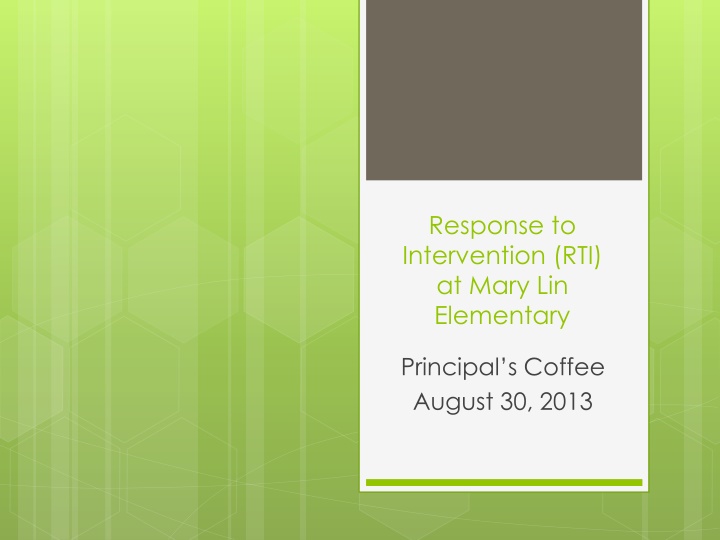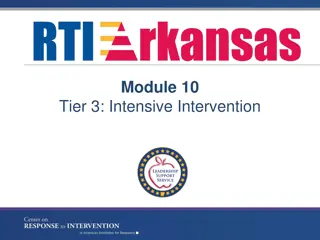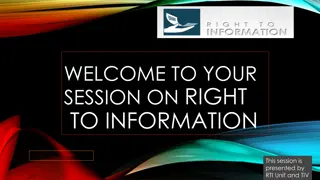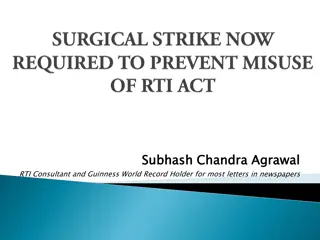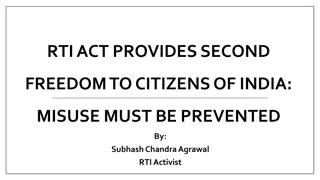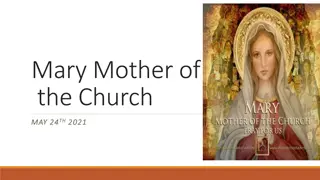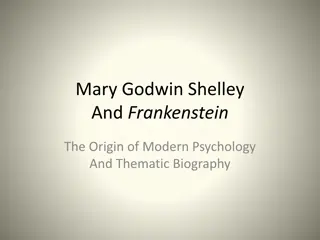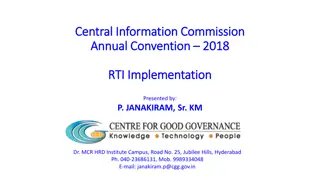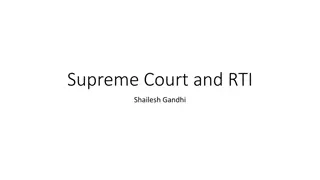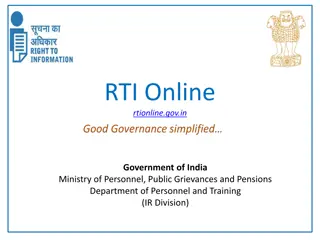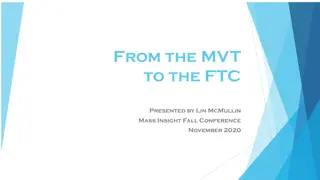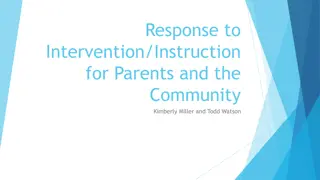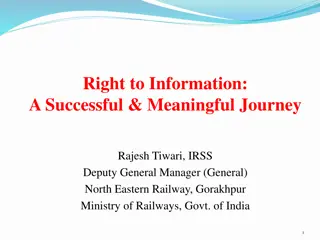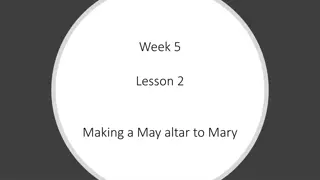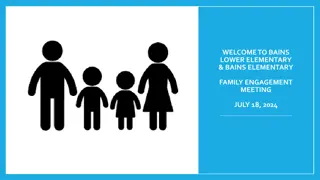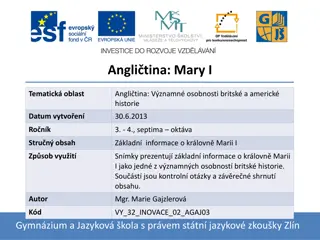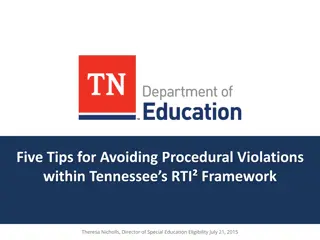Response to Intervention (RTI) at Mary Lin Elementary: Foundational Components & Classroom Instruction
RTI is a multi-tiered approach to identify at-risk students, provide interventions, and monitor progress. The foundational components include screening, tiered instruction, standards-based practices, and close progress monitoring. Tier One involves universal screenings, implementing standards-based learning, and differentiated instruction. Specific universal screeners are used for kindergarten and first grade students.
Download Presentation

Please find below an Image/Link to download the presentation.
The content on the website is provided AS IS for your information and personal use only. It may not be sold, licensed, or shared on other websites without obtaining consent from the author.If you encounter any issues during the download, it is possible that the publisher has removed the file from their server.
You are allowed to download the files provided on this website for personal or commercial use, subject to the condition that they are used lawfully. All files are the property of their respective owners.
The content on the website is provided AS IS for your information and personal use only. It may not be sold, licensed, or shared on other websites without obtaining consent from the author.
E N D
Presentation Transcript
Response to Intervention (RTI) at Mary Lin Elementary Principal s Coffee August 30, 2013
WHAT IS RTI? Through RTI, schools identify students at risk for poor learning outcomes, monitor student progress, provide evidence-based interventions and adjust the intensity and nature of those interventions depending on a student s responsiveness, and identify students with learning disabilities or other disabilities. RTI is comprised of four tiers. National Dissemination of Children with Disabilities, 2010
The Foundational Components of RTI Screening children within the general curriculum Creating tiered instruction of increasing intensity (four tiers) Evidence of standards-based instruction Close monitoring of student progress Informed decision making regarding next steps for individual students
Standards Based Classroom Instruction Tier One All students participate in general education learning that includes: Universal screenings to target groups in need of specific instructional support Implementation of the Common Core and Georgia Performance Standards through a standards based classroom structure Differentiation of instruction including fluid, flexible grouping, multiple means of learning, and demonstration of learning, guided reading and math groups, and effective questioning Progress monitoring of learning through multiple formative assessments
Universal Screeners Kindergarten All students in kindergarten are screened three times per year using the following norm-referenced universal screeners: -Letter Naming Fluency -Letter Sound Fluency -Phoneme Segmenting Fluency -Word Reading Fluency (added in winter) -All domains of math
Universal Screeners First Grade All students in first grade are screened three times per year using the following norm-referenced universal screeners: -Letter Sounds -Phoneme Segmenting -Word Reading Fluency -Passage Reading Fluency (added in winter) -All domains of math
Universal Screeners Second Grade All students in second grade are screened three times per year using the following norm-referenced universal screeners: -Word Reading Fluency -Passage Reading Fluency -Vocabulary -Reading Comprehension -All domains of math
Universal Screeners Third Through Fifth Grades All students in grades 3-5 are screened three times per year using the following norm-referenced universal screeners: -Passage Reading Fluency -Vocabulary -Reading Comprehension -All domains of math
Screening Students at Mary Lin Student behavior is also screened through frequency of office referrals or conferences with teachers. Speech is informally screened by teacher observations
Tiered Instruction of Intensity What happens if a student is not responding to the Tier One standards-based instructional strategies? The student moves to the next RTI level, Tier Two. Academic or behavior interventions are put in place to support the student. The interventions are targeted toward the student s needs based on the data collected from Tier One. The student s progress is monitored at least twice a month.
Tiered Instruction of Intensity What does tiered instruction of intensity look like at Mary Lin? At-risk students who have been identified through the screening process at Tier One receive research- based interventions in the classroom at Tier Two Research-based interventions are different than teaching strategies (PALS Math and Reading) Research-based interventions are implemented for at least 4-8 weeks to see how the students responds, hence the name Response to Intervention. The student s progress is monitored throughout the 4- 8 weeks of Tier Two implementation of RTI
Tiered Instruction at Mary Lin What happens if a student is not responding to the Tier Two interventions? Tier Three is an option for a student who is not adequately responding to the classroom instruction at Tier One nor Tier Two interventions Tier Three calls for more intense intervention and more frequent progress monitoring The Student Support Team (SST) is part of Tier Three. SST meets every 40 days to discuss a student s current progress and intervention plan
Evidence-based Instruction How is instruction monitored at Mary Lin? The administration monitors classroom instruction and provides teachers with feedback on their teaching practices During classroom observations, the administration observes what the students are doing Teachers are required to teach the Common Core and Georgia Performance Standards using research-based teaching strategies (Teacher Keys)
Evidence-based Instruction How are the research-based interventions monitored? Teachers are provided with professional development on how to implement research-based interventions The administration meets with teachers and grade levels to analyze the data from all tiers The administration observes the research- based interventions during classroom instruction
Close Monitoring of Student Progress The universal screeners are given three times per year to all students in grades K-5 Research-based interventions are implemented for students who may be at-risk Quick assessments, or probes, are used to determine how the student is responding to the research-based interventions Based on the data, decisions are made on the next steps for the student. Were the interventions a good match for the student? If not, now what?
Informed Decision Making Decisions about next steps for students at-risk simply must be based on the data Emotions are not reliable data to make informed decisions about next steps for students who may be at-risk The administration, teachers, and parents play an important role in analyzing the data and making the best decision for the student
Tiered Instruction at Mary Lin Tier Four is the last tier of intervention. Based on the data collected on the student s progress from the previous three tiers, if a student is still not responding to the research-based interventions, then the school and the parents may look at the possibility of referring the student for a comprehensive educational and/or psychological evaluation to determine if a learning disability exists.
